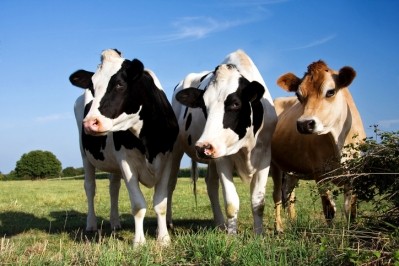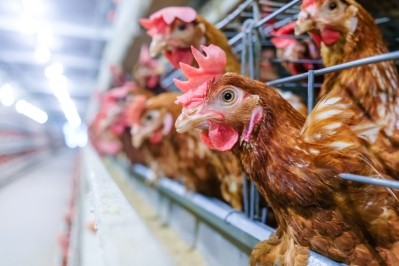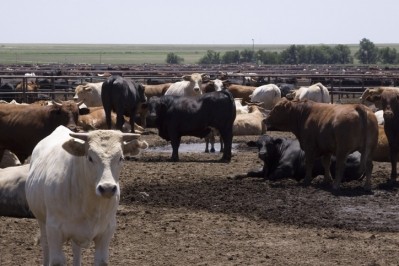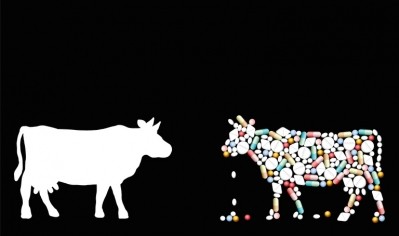Ag tech startup shines light on milk components
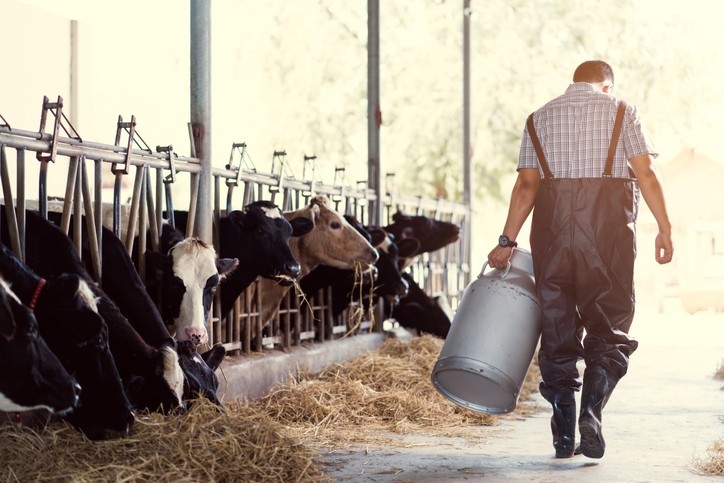
The sensor technology analyzes fluid milk for several components, including antibiotic residue, said Bethany Deshpande, CEO of SomaDetect.
“Once we applied deep learning, we do a lot of artificial intelligence work and if we apply those things to the sensor system we could measure more than fat and somatic cell count – we could track reproductive status, different proteins as well and different antibiotic residuals,” she added.
“We try to work with farmers to identify either a problem on their farm or something they’re trying to work to improve,” she told FeedNavigator. “We have a couple of farms where they’re trying to get a pregnancy rate up – or [seeking to] improve payments [through a] bump on the fat and protein content – we’ll work with them to identify one or two things that are really concrete.”
Currently, SomaDetect is being piloted on several farms in Canada and the US as the company has offices in New York and Canada, she said.
The company is still working on refining its product, including working with more species of cow and expanding the number of farms involved in its pilot trials.
The company is looking for a wider commercial launch at the end of 2019, following the completion of several larger pilots and case studies.
“It’s not a silver bullet solution – farms still have to take action, they have to use the data,” said Deshpande. “But often enough if they’re looking for data or information around a certain topic or to solve an issue there are ways we can help.”
Milk analysis development
The milk analysis system requires that the farm have internet access, but can be added to existing milking technology and does not alter the samples tested, said Deshpande.
Instead, the sensor captures a continuous picture of the milk as it travels through the unit.
“We take photos of light going through milk,” she said. The system can act in 0.7 seconds, she added.
“We slow the milk through the sensor and based on what’s known as scatter pattern … we are able to use deep learning and artificial intelligence in order to identify patterns and then predict what’s in the milk,” she said.
“We have a software system that we’ve been developing,” said Deshpande. “We show them daily measurements, of fat, protein, somatic cell count, we can list the cows that are pregnant or in heat.”
The system can be used at farms of various sizes from 60 cows up through 2,000 or 3,000, she said. Alerts or data are sent to a producer’s phone or computer.
Tracking milk components, feed changes
The system is designed to be tailored to provide information most useful to the individual producers and some of the alerts set up will be tied to what the producer is tracking, Deshpande said.
The system could be used to track results from a cow or a group of cows both at the moment and over time.
“That’s why it’s so important to understand what they’re trying to improve,” she said. “Here’s the data you can look at and, we’re at this point where we’re willing to make software changes or do custom screens to make sure the information is as useful as possible, and that is something that we’re really excited about.”
On the feed side, the system can track if yield or milk components change when a new diet is used, she said.
The data also can be used to check milk for early indicators of diet-related problems like ketosis or acidosis.
“A lot of farms are interested in that, ketosis is one of the top five diseases in dairy so it’s a major concern for a lot of farmers especially with fresh cows,” Deshpande said. “That’s where people are really interested in using the data and tracking how their cows do for that reason.
“The other thing that they’re interested in doing is when they’re evaluating feed or making feed changes, they want to know that if they give a different ration to a group that they get the return on investment from that change, that management decision,” she added.
DFA investment
Earlier this autumn, SomaDetect also received an investment from the Dairy Farmers of America (DFA). The US-based cooperative represents dairy producers across the country.
The group said at the time that the technology is potentially “game-changing” as it allows access to better data meaning producers can make more informed decisions.
That funding is set to be used to support the manufacturing of additional sensors for trials and pilot efforts, said Deshpande.
